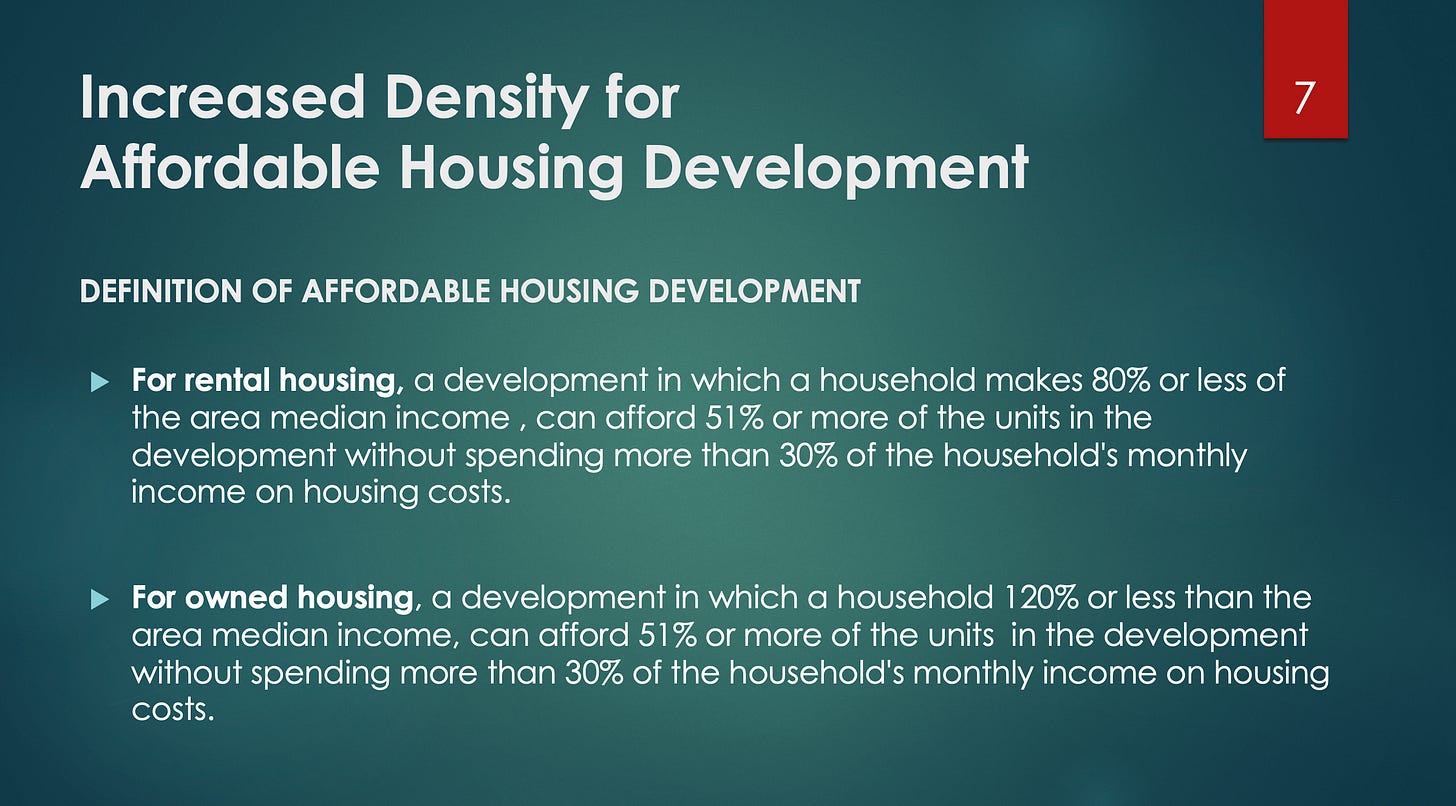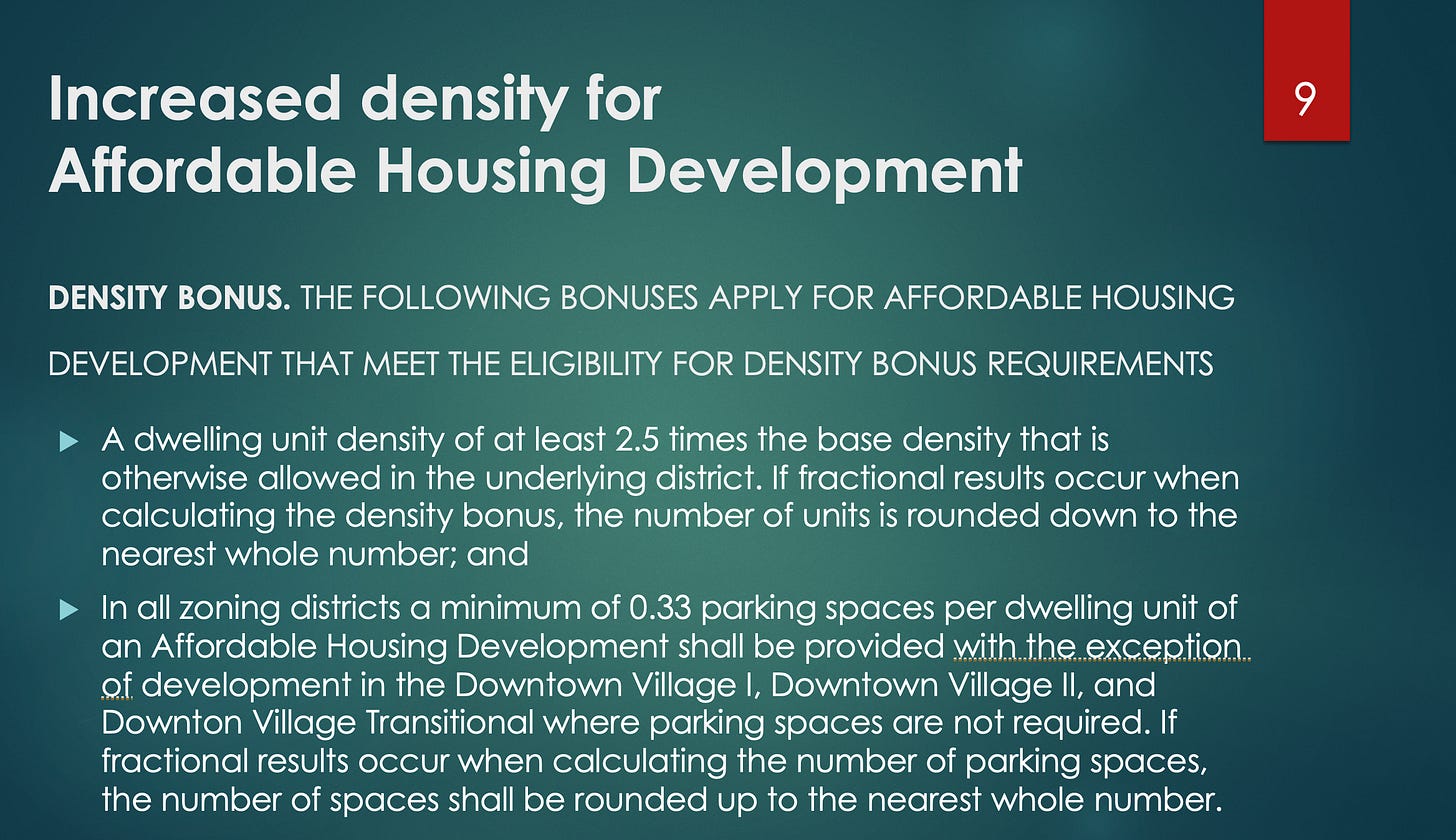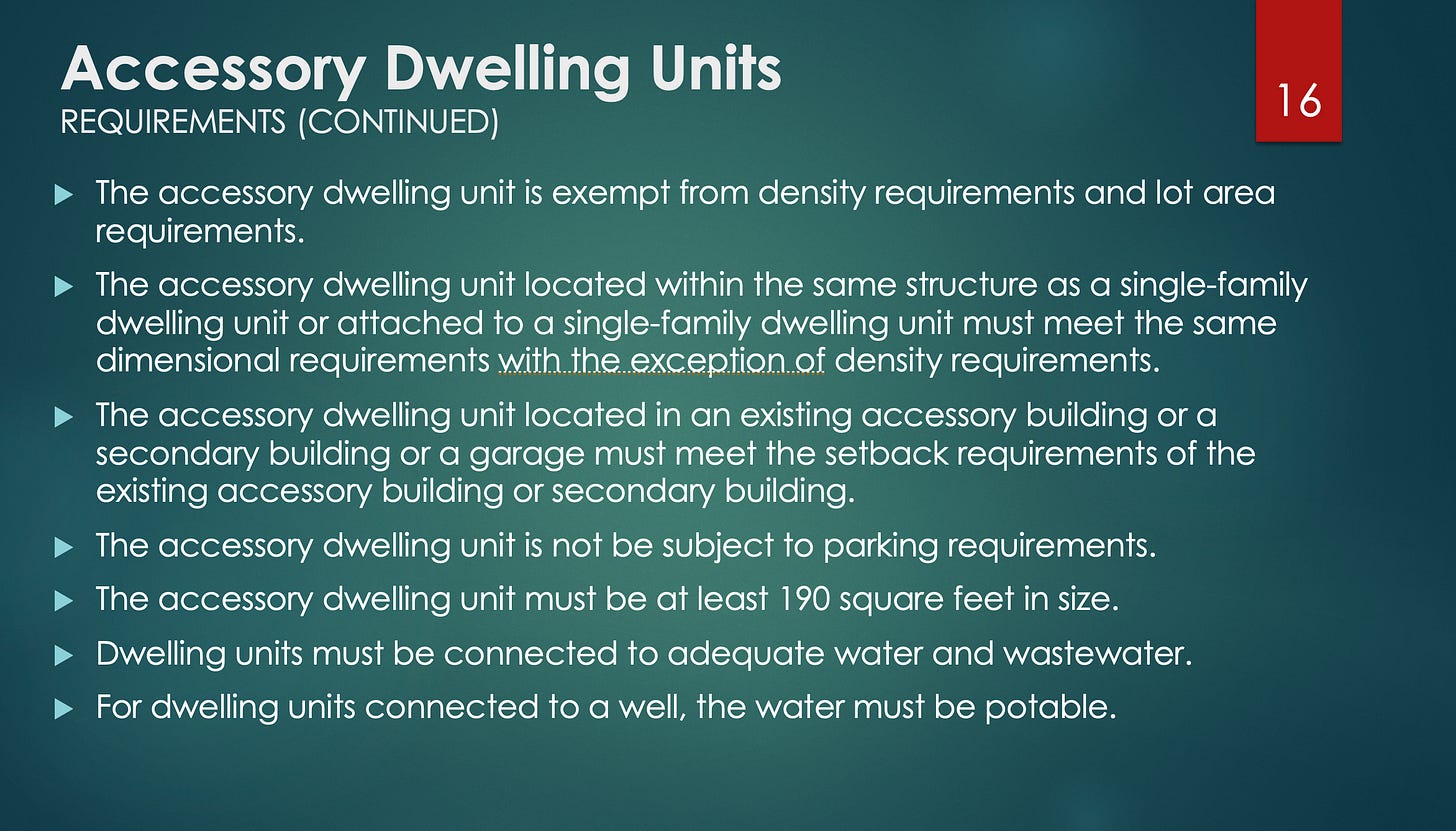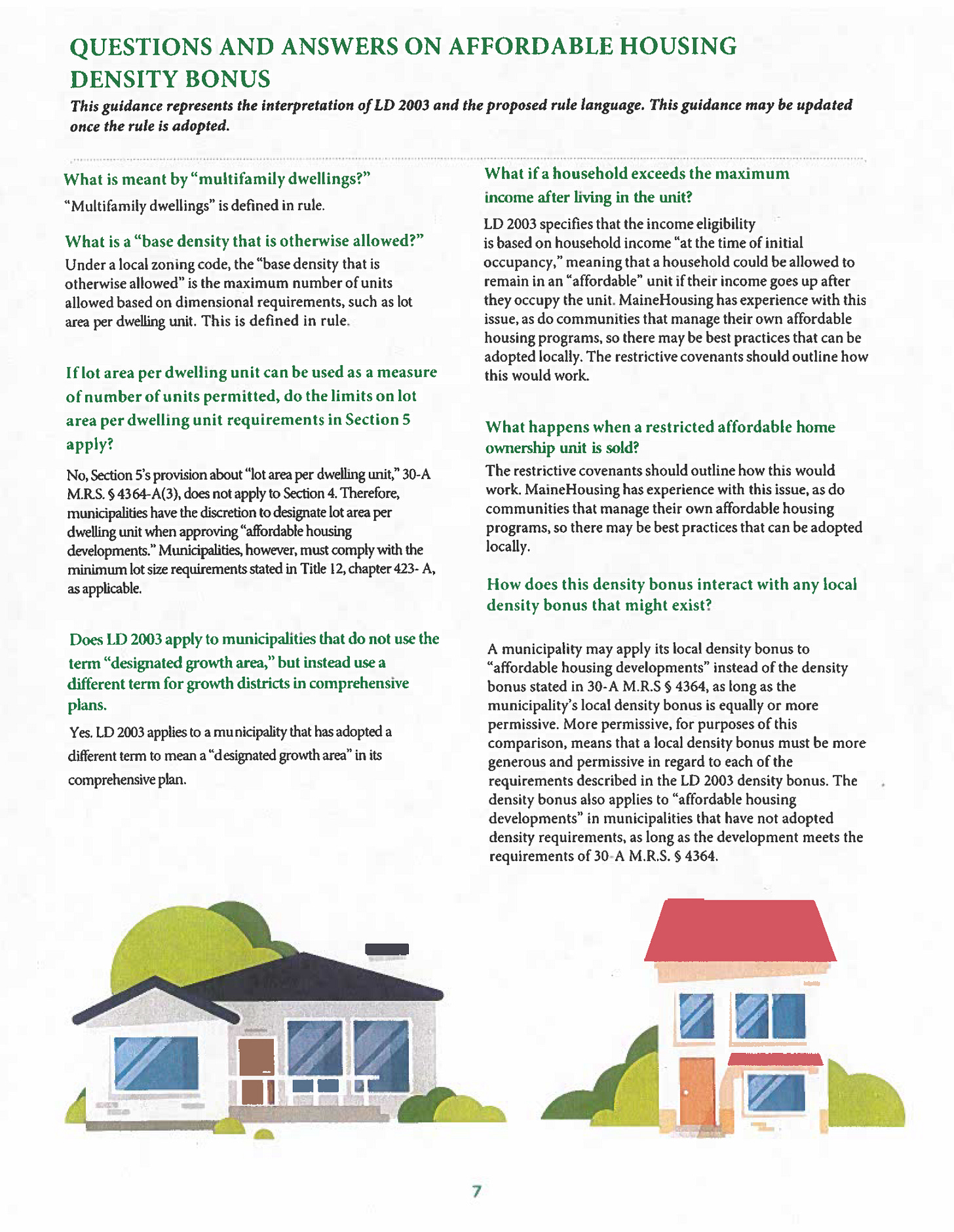New State Rules Mean Big Changes to Bar Harbor's Land Use
Town Planner Brings Zoning Overlay Possibility To Planning Board
BAR HARBOR—Affordable housing is an issue throughout Maine, and in an attempt to help with that, the state created new rules, LD 2003, meant to require municipalities to ease zoning rules about residential uses.
On September 6 at the Planning Board meeting, Town Planner Michele Gagnon presented suggested modifications to the Bar Harbor land use ordinance that would comply with the state’s new mandates. The state law requires local municipalities to comply.
Gagnon explained how Bar Harbor will potentially deal with the new state rules about zoning and affordable housing despite the town’s cumbersome 40 zones. These changes to the town’s land use ordinance must be approved by voters. The hope is that the changes will increase housing opportunities in Bar Harbor.
Her proposal to deal with LD 2003 is to create three overlay districts over the town’s 40 zones.
Planetizen defines an overlay district as,
“An overlay district, sometimes known as an overlay zone, is a geographic zoning district layered on top of another existing zoning district, or districts, that implements additional regulations. Overlay districts are frequently used in zoning codes to protect sensitive environmental features, preserve historic buildings, prevent development on unstable or vulnerable land features, or promote specific types of development such as transit-oriented development. Like other zoning regulations, overlay districts can control building codes and urban design, permitted land use, density, and other factors.
“The overlay district often fills a gap where traditional zoning does not address specific or complicated local conditions or multi-jurisdictional issues. For example, an overlay district protecting a rivershed along a river that flows through several different zoning districts would protect land along the entire river with one set of rules that applies across districts. Overlay districts can streamline the implementation of additional regulations in all applicable areas without having to amend the codes for multiple districts and maintain consistency across multijurisdictional natural, historic, or infrastructural features.”
“Basically it’s kind of an overlay, a transparent type of thing that you put over (the map) and you have different areas that are delineated,” Gagnon explained.
By using overlays, she believes, that each time the state changes the guidelines, voters won’t have to vote in each change for each zone, which is a bit cumbersome.
Similarly, she hopes that containing all the language in section 125-69 will help create “standards for particular uses, structures or activities, including definitions; and allow the uses within the three overlays (instead of within the 40 zoning districts).”
Gagnon said that a plan has been a tough thing to create, but she wants to get it out there and release it and get comments on it before finalizing it and the details to present to the voters.
The three overlays are below:
The question becomes how the town can put forth land use amendments to comply with LD 2003, which has passed and is state law. The state adopted the rules, Gagnon said, but the rules keep changing. They become effective July 1, 2024 for Bar Harbor. This means that changes need to go before Bar Harbor voters in June 2024.
There are three categories of increased housing opportunities:
1. Increased density for the development of affordable housing;
2. More than one dwelling unit on residential lots;
3. Allowing accessory dwelling units.
Bar Harbor’s bonus dwelling units would be potentially nullified by the state’s accessory dwelling unit requirement. This relates to residences created and existing on the same lots as other dwellings.
That increased density for affordable housing development has specific definitions.
For multiple dwellings on residential lots, it depends on the lot’s location and if there is already a dwelling unit on it.
Accessory dwelling units can be located on a lot where there is a single-family dwelling. It also has specific requirements.
Planning Board members discussed dimensional requirements in lot sizes and zoning inconsistencies that already exist in the ordinance.
Planning Board Chair Millard Dority said there are many interesting sidebars within the document. Gagnon said she’s going to keep updating the proposed draft amendment to the land use ordinance with minor changes and highlight places where the Planning Board has choices.
The planning department and board have a couple of months to work on the amendment. Gagnon will come back with a revised document, highlight the areas where the board has choices, and a table that shows major dimensional requirements.
She said she believes her presentation of the changes is the least stringent so that the state will hopefully pass it. However, there are some tweaks available for certain places. For instance, places in the shoreland zoning, it still most likely must comply by the town’s more strict rules and the Maine Department of Environmental Protection stringencies. Gagnon is in discussion with the state about these sort of details.
LD 2003 is officially called "An Act To Implement the Recommendations of the Commission To Increase Housing Opportunities in Maine by Studying Zoning and Land Use Restrictions" and it was sponsored by Speaker Ryan Fecteau. It passed in April 2022.

According to the state,
“LD 2003 focuses on removing regulatory barriers to increase housing production in Maine, while preserving municipal ability to create land use plans and protect environmental resources. This legislation requires municipalities to create or amend local ordinances to allow for:
Additional density for affordable developments in certain areas;
Multiple dwelling units on lots designated for residential use; and
One accessory dwelling unit located on the same lot as a single-family dwelling unit in any area where residential uses are permitted.”


















